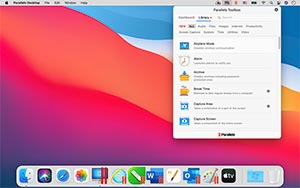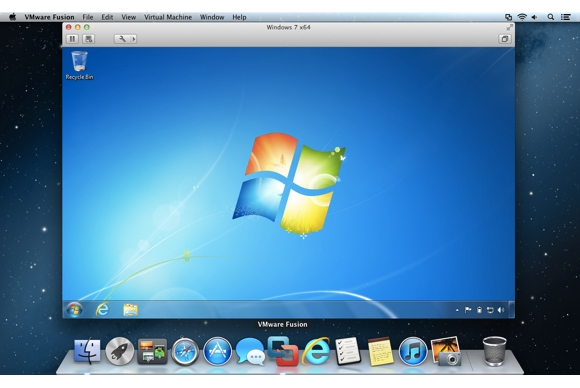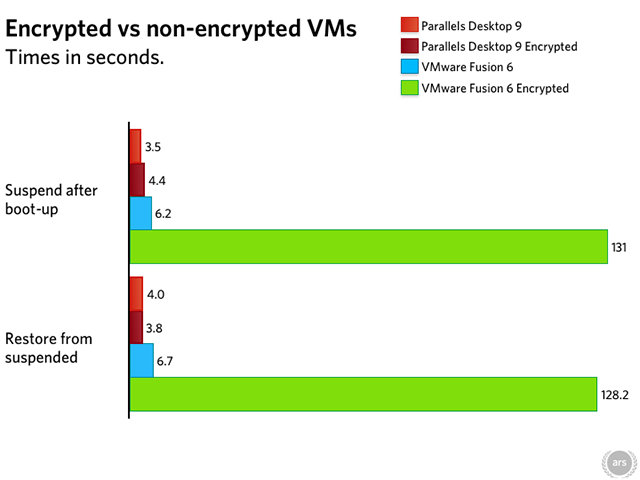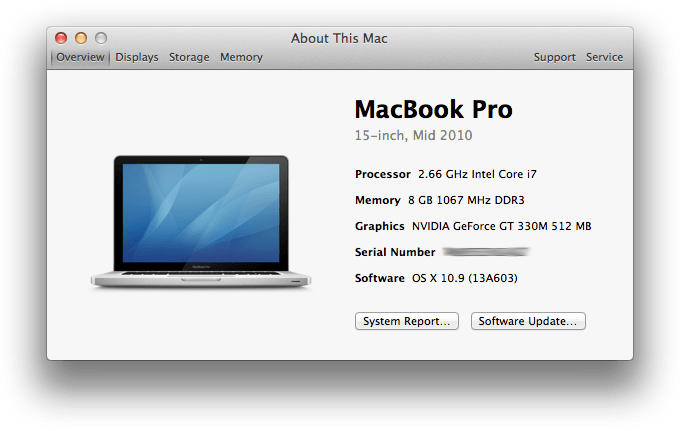- Parallels Or Vmware Fusion
- Vmware Fusion Vs Parallels Desktop
- Convert Vmware Fusion To Parallels Desktop
- Vmware Fusion Oder Parallels Desktop
You can import existing third-party virtual machines and run them in Fusion.
- Select File > Import.
- Browse to the existing virtual machine you want to import and click Open.
- Type the name for the imported virtual machine in the Save As text box and indicate where to save it. The default destination is the Virtual Machines folder created by Fusion.Fusion displays the disk space needed for the import, and the space available on the current disk.
- Click Import. When the import is complete, the virtual machine appears in the virtual machine list, in the powered-off state.
- Click Finish. Fusion installs VMware Tools after the virtual machine powers on, and reboots the system after the Tools installation is complete.


I think both products, VMware Fusion and Parallels are great options to run Windows on the Mac. Both have strengths and weaknesses and some of the issues I describe here may be resolved over time. Pros and Cons of VMware Fusion + Feels snappier and more light weight. Fusion displays the disk space needed for the import, and the space available on the current disk. Is complete, the virtual machine appears in the virtual machine list, in the powered-off state. Fusion installs VMware Tools after the virtual machine powers on. A Parallels’ VM config file is slightly different than VMware Fusion’s, and we aren’t able to set the hardware model in the config.pvs file like you can in Fusion’s.vmx file. In order to set the hardware model, we have to set a “boot flag” in the VM’s settings. VMware Fusion 1.0 This technical note describes the process for moving a virtual machine from Parallels Desktop for Mac to the current VMware Fusion 1.0.
You have a separate Fusion version of the third-party virtual machine.
There are two big names in the virtual machine software industry who have both developed high-class, consumer-friendly virtual machine monitor apps and as such are competing directly against one another. These two are Parallels Inc. and Dell’s subsidiary VMware Inc, with the first to launch its software being Parallels in 2006, followed by VMware a year later.

Sold at the same price point in the U.S., both Parallels Desktop and VMware Fusion pack in tons of features that make deploying and managing virtual machines a piece of cake – even for rookie computer users. If they’re both on the top of their separate games, then, how can you even choose between the two?
| Features | VMware Fusion | Parallels Desktop |
| Logo | ||
| Rating | ||
| Reviews | ||
| Visit | ||
| Free Trial | Free Trial | Free Trial |
| Coupons | Coupons | Coupons |
| Import Boot Camp Partitions | ||
| Windows Download | ||
| Windows Integrated Into macOS | ||
| Guest OS Support | ||
| Virtual Copy of macOS | ||
| Encryption | ||
| Automate Snapshots | ||
| Customize Startup | ||
| Quick Look |
| Integration |
| Windows Data Transfer |
| Shared Folders |
| DirectX 10.1 Support |
| Microsoft Cortana Integration |
| iCloud/Dropbox/Google Drive Integration |
| 'Open With' Option |
| Performance |
| Notification Center |
| Resource Optimization |
| TRIM Support |
| Disk Cleanup |
| Resolution |
| Pricing | ||
| Price | $6.66/mo | $79.99 |
| Free Version | 14 days | 30 days |
| Free Version | No | No |
| Money-Back Guarantee | 30 days | No |
| Payment Methods |
| Visa |
| PayPal |
| Mastercard |
| American Express |
| Wire Transfer |
| Liberty Reserve |
| Bitcoin |
| Customer Support |
| 24/7 |
| Live Chat |
| On Call |
| Remote Desktop |
| Community |
Parallels Desktop
If the secondary platform you'll be using on the Mac is Windows, then Parallels Desktop will streamline its deployment. Thanks to its convenient one-click install option, users can just instruct the app to download a legitimate copy of Windows from Microsoft.
While both hypervisors do their job well, what makes the difference between Parallels Desktop and VMware Fusion are the corresponding feature sets that they each pack. For example, with Parallels the guest operating system integration level goes as deep as having a button in Safari to open a specific website in Internet Explorer and a “Call with iPhone” option when using the Windows browser.
Parallels Desktop Downloading Windows 10
Shared Folders

App Customization Options
Running two operating systems on the same computer will obviously have an impact on system resources, but Parallels Desktop offers the option to optimize energy saving settings for more personally tailored performance. Parallels will also pause the virtual machine if it notices that no apps are running. But it is in the performance where Parallels really shines, with a noticeably speedy boot up time when launching Windows. Downsides include the Windows app appearing in the dock as an app folder and Coherence mode in need of some design tweaking.
VMware Fusion
While it doesn't have the one-click Windows install option of Parallels’ software, VMware Fusion is a trustable hypervisor for a wide number of guest operating systems. Running this VMM will streamline the integration level of the guest operating system at a very early stage. Compared to its main competitor, VMware's isolated or seamless integration of the secondary OS is far more simplified and automated.
When it comes to performance, VMware Fusion feels just as quick; sometimes the reaction time is faster than Parallels' but the boot times matched that of its rival. It lacks the energy saving settings of Parallels Desktop, however, although it does also pause the virtual machine when it detects a period of zero activity.
Select Operating System

Choose Windows Firmware
Parallels Or Vmware Fusion
Enable Shared Folders
When it comes to virtual machines, though, their ability to take snapshots of the guest operating system is one of the most convenient features, making troubleshooting much easier. Unfortunately, this is where VMware Fusion falters, since it doesn’t support automated snapshots as Parallels Desktop does and, therefore, means users are unable to restore their virtual machines without losing any data.
Conclusion
The heavy load of features makes choosing between these two virtual machine software packages a hard task since both have the same $79.99 price tag in the U.S. What makes the difference, though, is the pricing strategy that the two companies follow.
Vmware Fusion Vs Parallels Desktop
Parallels Desktop is available as a subscription, which means that users will always get the latest software and features, but the license is on a per computer basis. The lifetime license option is priced higher at $99.99.
Convert Vmware Fusion To Parallels Desktop
VMware Fusion's pricing strategy is a bit different, just like its feature set. The company behind the software charges users for a lifetime license, as well as offering an upgrade at a discounted price. However, it is worth noting that this license is per user, so you can install VMware Fusion on all your personal devices.
Vmware Fusion Oder Parallels Desktop
Both virtual machines are available with a free trial, the only difference between the two being that Parallels Desktop provides a 14-day trial and a 30-day money-back guarantee, while VMware Fusion can be tested for 30 days before you are prompted to buy a license.
